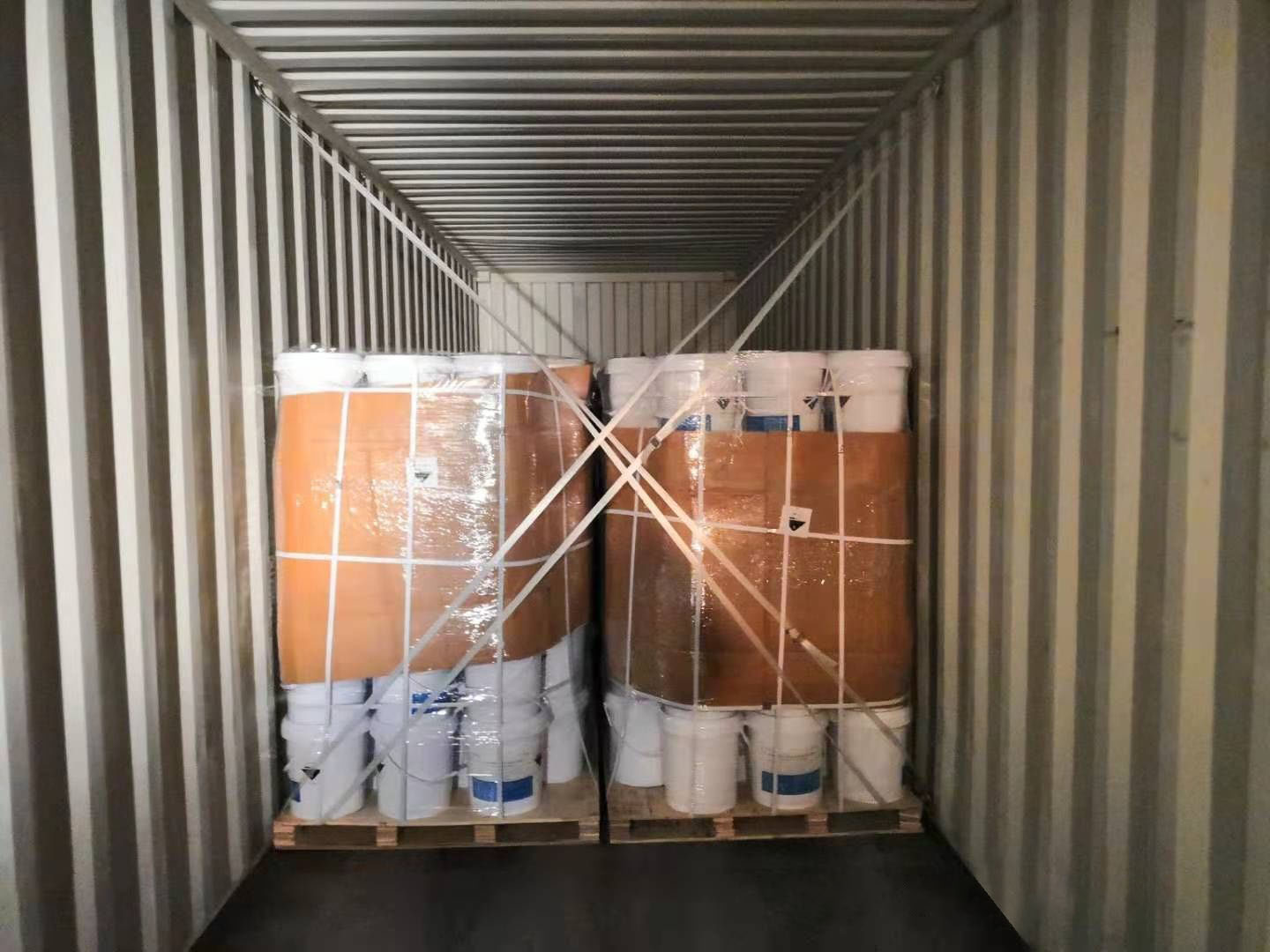Chinese name: Guanidine thiocyanate
Chinese alias: Guanidine isothiocyanate
Storage conditions: keep at room temperature
UN Proper Shipping Name (Chinese): Corrosive Solids, N.O.S.
UN Proper Shipping Name (English): CORROSIVE SOLID, N.O.S.
Primary Hazard Class: 8
Subsidiary Hazard Category: None
UN Number: 3265
Packing Category: II
Ems No: F-A, S-B
1. Booking Power of Attorney (In addition to the consignor and consignee information, the most important thing is to describe the gross weight, net weight and packaging form of a single piece, and the number of inner packages)
2. MSDS in English (ship owners will focus on physical and chemical properties and transportation items, which are qualitative and naturally know how to focus on operations during transportation)
Note: Guanidine thiocyanate belongs to eight categories of dangerous goods, UN1759, packaged in closed plastic drums, and the declaration form of dangerous package certificate
3. Dangerous package certificate
(The dangerous package certificate mainly includes the performance list and the use certificate. The performance list is relatively simple. Generally, manufacturers who can make regular packaging can provide it, but the use certificate is more complicated. You need to go to the local Commodity Inspection Bureau of the factory with the IMI identification and performance list. Apply). For export of dangerous goods, the original dangerous package certificate must be provided. Without the dangerous package certificate, it cannot be exported. Dangerous goods need to provide the dangerous package certificate and the detailed data of the goods 10 working days in advance, and submit it to the ship owner for review.
4. The next step is to declare dangerous goods. According to the requirements of different shipping companies and shipping agencies, you can submit the declaration materials before the latest deadline. The dangerous declaration is mainly about reviewing the packaging, so the most critical document is the dangerous package certificate. .
5. Prepare for transportation and packing. This is an important part
6. Customs declaration matters. Customs declaration power of attorney, packing list, invoice, declaration elements, professional dangerous goods carriers will always pay attention to the plan acceptance situation and declare customs at the best time.
7. After the ship has sailed, take the bill of lading to pay, and confirm with the consignee whether to issue the original bill of lading or to release the bill of lading electronically. After the ship arrives at the port of destination, the consignee can arrange customs clearance to pick up the goods.
Finally, I would like to share with you some photos of guanidine thiocyanate export packing by sea.


